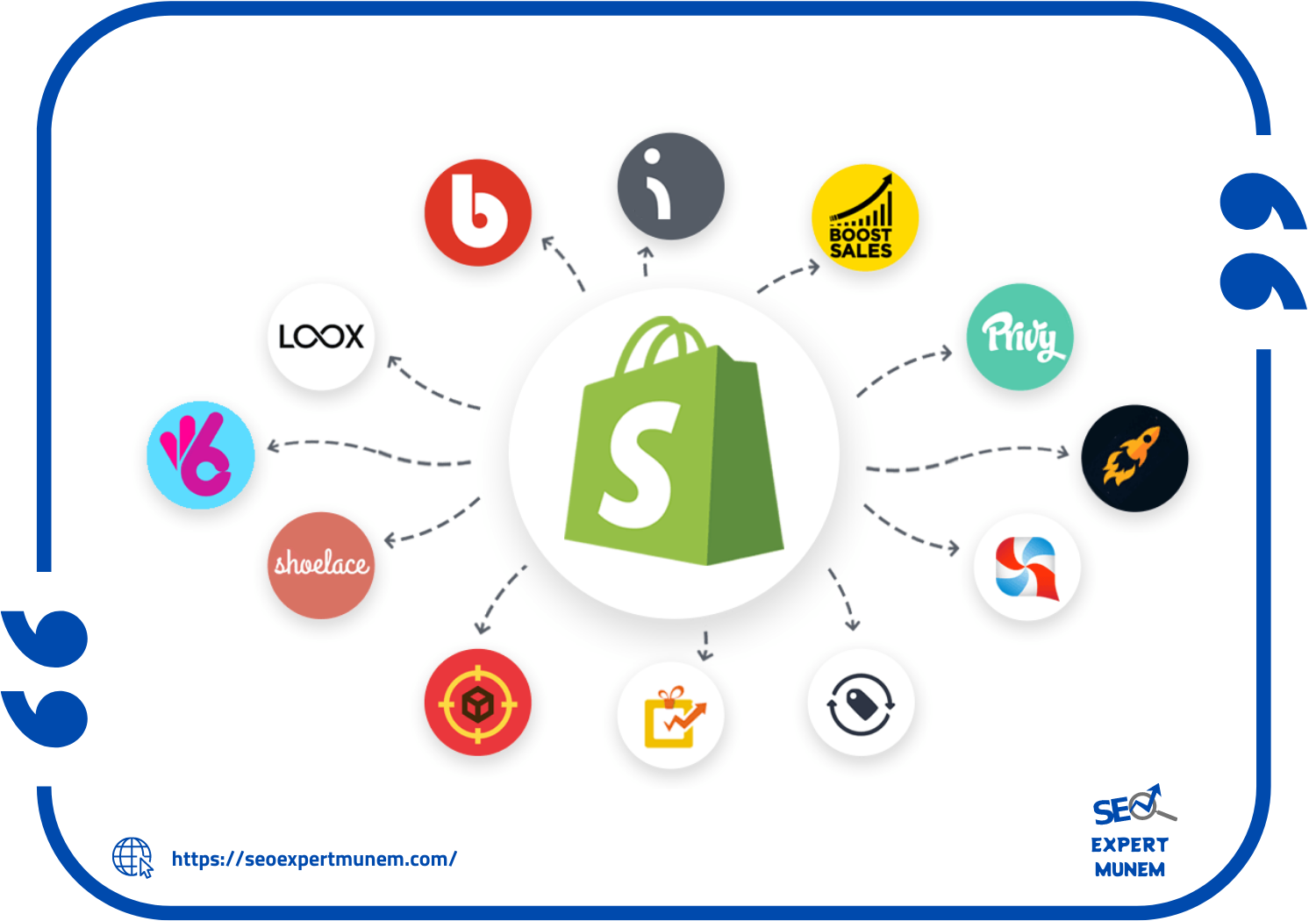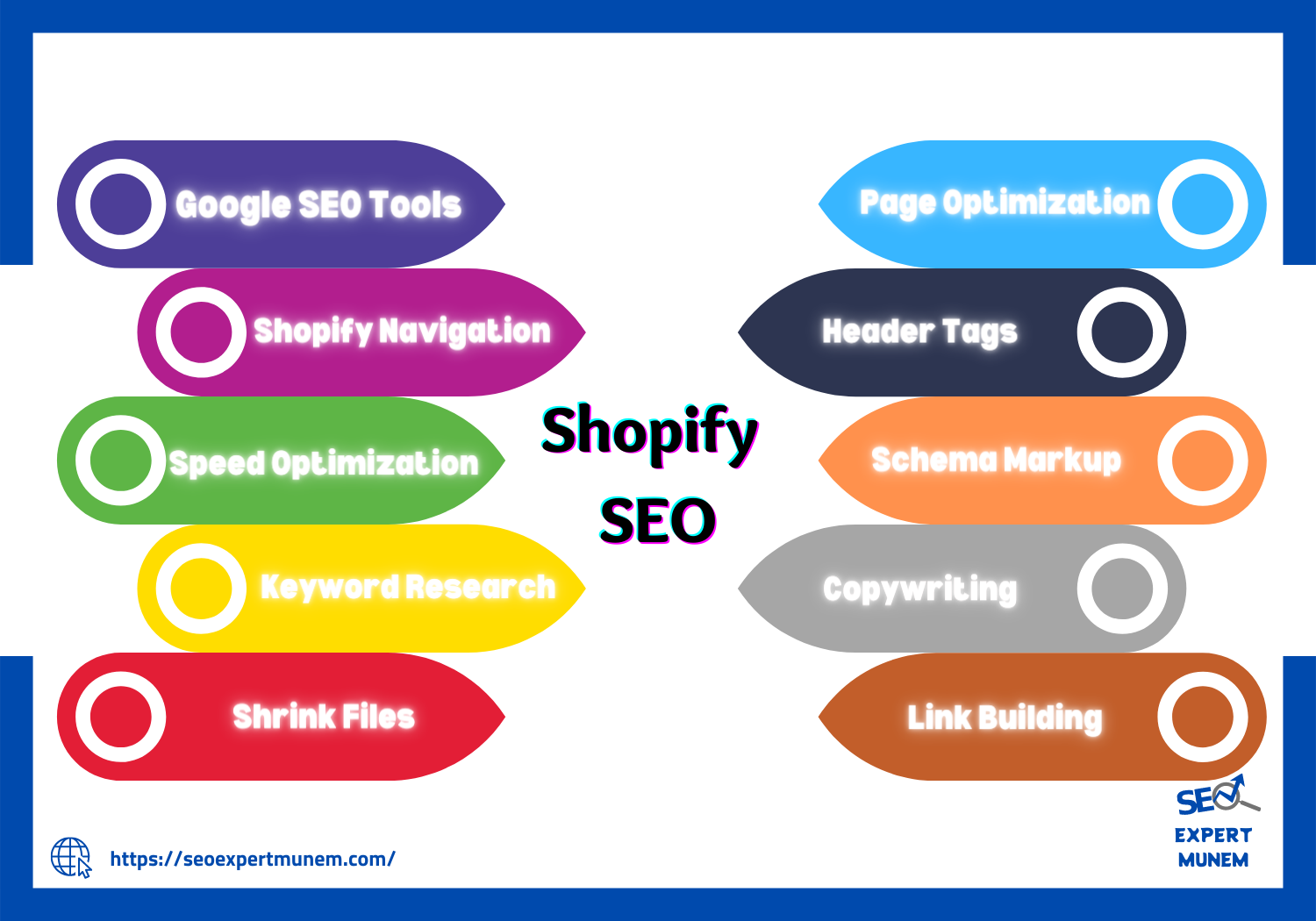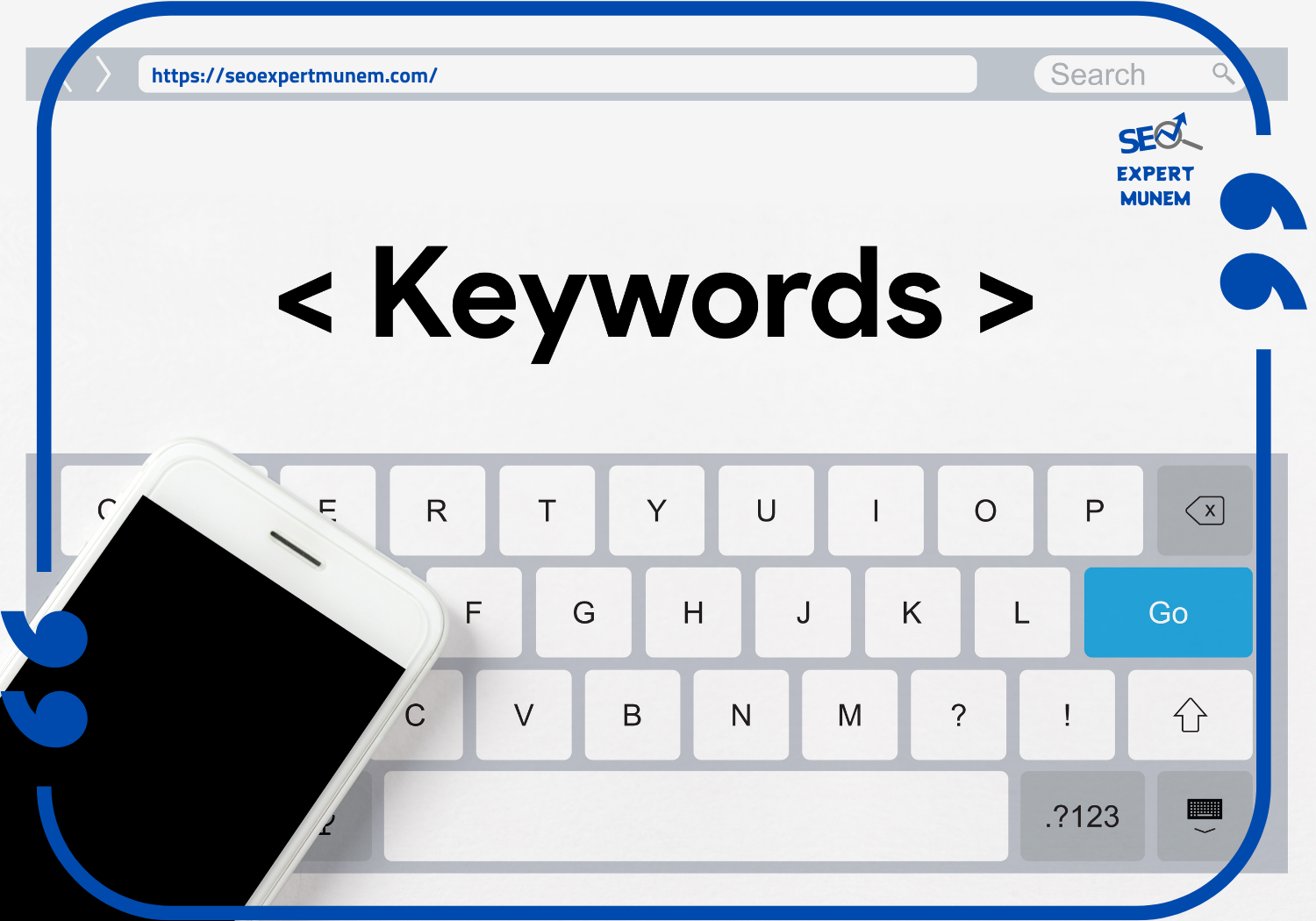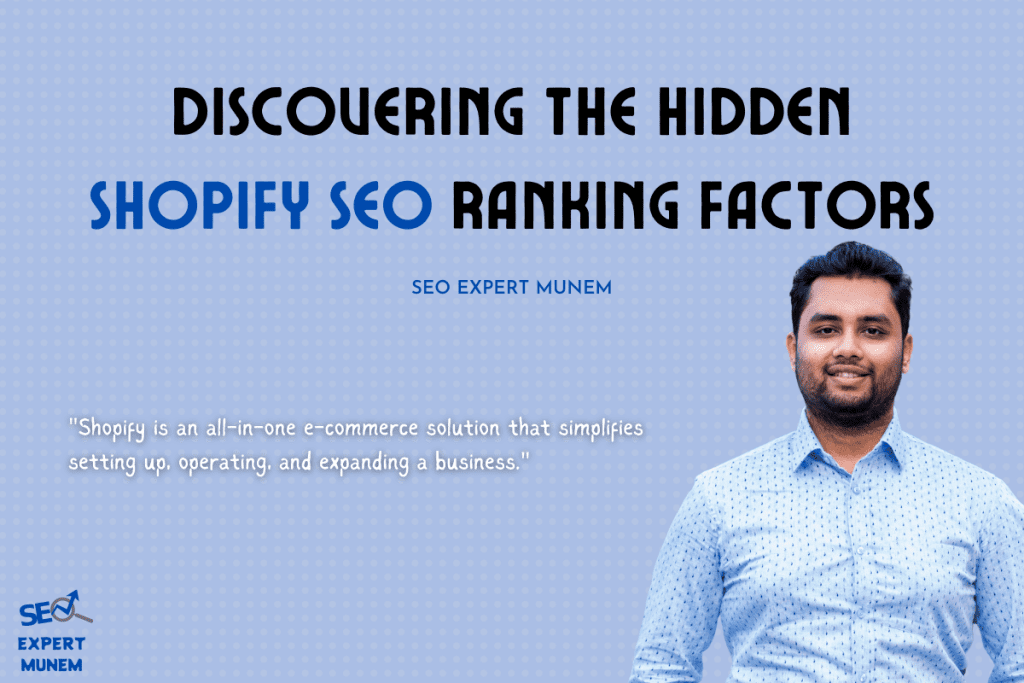Search engine optimization is an integral part of any online business. Your site needs to be visible on search results to gain more traffic.
The most important ranking factors for your Shopify store are the number of products, customer reviews, and social media shares.
What does Shopify do?


Shopify is an all-in-one e-commerce solution that simplifies setting up, operating, and expanding a business.
Millions of sellers’ interactions with our platform inform our industry knowledge and position as market leaders. With their help, we can foresee and design the features that will not only drive commerce in the here and now but also define and shape the future of this sector.
Why Should You Care About Shopify SEO?
Shopify SEO is a complicated topic. Many factors can affect Shopify SEO, but we will discuss some of the most important factors in this article.
Your target audience is the first thing to consider when thinking about your Shopify SEO strategy. If you’re selling fashion apparel, you might be interested in ranking for keywords like “fashion” or “clothing.” If you’re selling home décor, you might want to rank for terms like “decor” or “home décor.”
The second thing to consider is your niche and how it will impact your Shopify SEO strategy. For example, if you’re selling home décor and are targeting homeowners in suburban areas with children under the age of 18, then it would make sense to focus on keywords that are related to family life and children’s activities, such as “family life,” “kids,” and “childcare.”
How Does Shopify Seo Work?


Shopify SEO is a software that helps your shop rank on Google. It is a tool that can help you gain more traction on the search engine and increase your sales.
The software has three main features: On-page optimization, keyword research, and off-page optimization. Within the first two, it helps with on-site SEO, such as meta titles and descriptions, page tags, URL structure, website speed, and mobile friendliness. Off-site optimization includes social media marketing, such as Facebook ads and Instagram posts.
This software also has an inbuilt keyword research tool that allows you to find out what people are searching for when they visit your shop’s website. So if you need to know what people are looking for when they visit your shop’s website, then this software is for you!
10 Things You Need to Do For Shopify SEO Purpose


1. Use Free Google SEO Tools
Start using Google Analytics and Search Console. Website owners who take SEO seriously must register with Google Search Console and Google Analytics.
You’ll boost this page’s SERP ranking by letting the world know it exists (Search Engine Results Page). Shopify SEO relies heavily on Google Analytics and Search Console. They give you crucial traffic and SERP performance data (SERPs).
Google search console
GSC gives you Google search visibility data, which is crucial for SEO. It shows how often your site appears in search results, what queries made it appear, and how much Google search traffic it receives.
This data might help you discover your best and worst keywords. It can also uncover site flaws that may be affecting Google search results.
Google Analytics
GA is essential for SEO because it’s free and gives data on your site’s traffic sources, time on page, bounce rates, and most visited pages. GA eCommerce tracks “add to carts,” purchases, and more.
2. Shopify Navigation
Customer experience depends on on-site navigation. This requires a clear menu indicating their location and options.
Shoppers want navigation basics. A smart site design should condense your entire store so users may examine relevant products without being overwhelmed by a wide variety of navigating too many links to locate where you’re heading!
Menu Links: The navigation bar should be simple to help users find their way. These labels must be descriptive and in distinct categories to avoid uncertainty about where the user will land.
Shopify collections pages let you group products. Collection pages are crucial to UX. Create collections pages to organize products by theme, style, or other criteria. This can help shoppers find certain products. It can manage your store and assist customers in seeing what they need.
3. Site-Speed Optimization
Site-speed optimization is crucial to SEO. Slow sites discourage people from buying. Shopify stores may speed up in numerous ways.
“If your site loads in 2.9 seconds, it is faster than about 50% of the web,” says SEMRush. 1.7 seconds is quicker than 75% of the web. 0.8 seconds is faster than 94% of the net.
Cache plugins can boost site speed. By caching pages and files, a cache plugin speeds up your site. Compressing photos to 100KB or less improves site speed. Compressing images speeds page loading.
Since the Shopify site speed tool is unreliable, we recommend GTMetrix.com for site speed checks.
Browser caching can speed up your site. Shopify caches internal resources by default. This implies you will have some stuff like photos, JavaScript, and CSS cached locally in users’ browsers, which they may get faster from one visit rather than having all new downloads each time they view this resource in their browse session—saving gobs of traffic!
4. eCommerce Keyword Research:
Researching keywords and finding out what people search for on Google is crucial to SEO optimization. You have two choices: Use Google’s Keyword Planner, SEMRush, aHrefs, or Moz.
After choosing keywords, optimize your site titles and descriptions. Use them in content to boost SERP rankings.
Product Description Optimization
Include Google keywords in product descriptions. This will boost your product’s SEO (SERPs). Use lists and write 200-word product descriptions.
There are several approaches for eCommerce keyword research. Google’s Keyword Planner, SEMRush, aHrefs, Moz, and competitor analysis are three main ways. Check out our eCommerce Keyword Research Guide.
Method 1:
Google Keyword Planner requires a campaign. After creating your campaign, add a keyword or phrase to the “Get Ideas” box to begin keyword research.
Google then displays related keywords and their average monthly search traffic. Add these keywords to your store and track them with Google Search Console.
Method 2:
SEMRush, aHrefs, and Moz are popular keyword research tools. These tools reveal competitors’ keywords and SERP rankings. Use these tools to discover new keywords. You may create projects that include your store, keywords, and backlink analysis for link-building.
Competitive Analysis
Competitor analysis concludes keyword research. This involves researching your top competitors’ keywords and search engine rankings. Then copy their best ideas for your site.
After targeting keywords, optimize your site’s names and descriptions. Use them in content to boost SERP rankings.
URL Optimisation
URL slugs follow domain names. Google uses slugs to identify a page’s keyword relevance, therefore, optimizing them for SEO is crucial. To optimize your slugs, start with your goal keyword and include it in the page title.
Use friendly and easy-to-read URL slugs to help search engines and visitors comprehend a website. Each store page has a name tag!
Optimizing Shopify Images
Your eCommerce store needs images to show what customers are buying! Let’s face it: eCommerce stores need great photos. Images can take up a lot of space, so it’s crucial to choose the proper size and optimize them for speed by compressing them as much as possible without losing quality.
5. Shrink Files
File compression speeds transit and storage. Two methods reduce image sizes: Lossless compression reduces image size without removing data, saving site space. Lossy compression can reduce file size but lose quality. “Lower” quality modes preserve greater color accuracy than higher-quality ones.
Image compression affects site speed, which, as we mentioned, affects search engine rankings (SERPs).
Image alt text boosts SEO. It boosts SERPs and helps people comprehend the website if your image doesn’t load. Alt-text keywords might increase your ranking.
Use detailed alt text for all photos and add your keyword whenever possible.
6. Title and Product Page Optimization
Product pages are crucial to eCommerce websites since they’re what customers view when they click on a product listing from Google (SERP). Optimizing these listings for SEO and usability will help them stand out. Use header tags and meta descriptions to describe what visitors will find when clicking through from Google.
7. Correct Header Tags
Header tags at the top of a web page normally include your site’s name, logo, and product or collection information. Shopify offers pre-made store and page titles. Shopify sets your H1 tag; however, you can add H2 through H6 tags to signify different sections in an article or page.
These should be used correctly so search engines know where each section begins and ends and so users can quickly discover what they need on your pages. Header tags, like beginning paragraphs, indicate the next piece of the body copy.
8. Schema-Markup Shopify Stores
Structured data, or schema markup, can be added to HTML to help search engines understand your site’s content. This code gives Google the title, description, author, and other vital page information.
Schema markup improves SERP rankings and click-through rates (CTRs). Rich snippets on product pages can also set you apart. Rich snippets are HTML tags you can add to product pages to boost search results exposure (SERPs).
They let you add product ratings, pricing, and availability. This can help Google users choose your site above others.
9. Copywriting
We’ve discussed on-page SEO, but what about qualified traffic to your store? Well. Content marketing is a powerful tool for website traffic. High-quality, relevant content can enhance organic search traffic and sales by capturing readers’ information and getting them to subscribe to your email blast.
Many internet retailers neglect eCommerce Blog benefits. A blog can increase conversions and establish client trust and loyalty. This eCommerce content marketing strategy blog is more in-depth.
A successful eCommerce blogging approach will create brand awareness and attract new visitors who may become loyal consumers without effort!
Blogging for an eCommerce store increases organic search traffic, which is one of its biggest benefits. Write Google-ranking long-form content by providing high-quality, relevant material for your target audience.
Our Shopify clients benefit from content marketing since we can develop articles for their target audience. With it, we’re finding buyer personas’ search terms, generating long-form content that ranks on Google’s first page and driving highly-qualified free traffic to Shopify’s website.
Blog posts should not be posted alone. Your blog should be part of a content marketing strategy that strengthens your marketing plan with social media and email marketing. For multichannel marketing, your content should generate visitors from all platforms.
10. E-Commerce Link Building
Link building, finally! Link building is getting other websites to link to yours. Search engines rank pages by examining website linkages. Search engine results pages score websites higher with more high-quality links (SERPs).
Content marketing, guest posting, directory submissions, and social media outreach can help you develop links for your eCommerce store.
Guest posting on high-authority websites is one of the best strategies for building high-quality eCommerce store links. Guest posting involves producing a blog article for another website and linking to yours. This will boost brand awareness and link quality.
Submitting your eCommerce store to online directories is another technique to build high-quality links. Businesses can list their websites in online directories. You can submit your eCommerce store to Google My Business, Bing Places for Business, and Yelp.
Social media outreach is another great strategy to build quality eCommerce links. You can get high-quality links for your website by cooperating with other businesses on social media and content projects.
How to add SEO keywords to Shopify?


SEO keywords are a must-have for any online store. However, not everyone knows how to add them and optimize the keywords. In this article, we’ll look at a few ways to ensure your store gets the most out of its SEO potential and the best possible rankings in search engines.\
Conclusion
To conclude, link building is one of the best techniques to increase eCommerce site traffic and exposure. You may develop high-quality backlinks that boost search engine ranks and sales using multiple link-building strategies. Our 14 eCommerce link-building benefits might help you increase your store.
FAQ
Do Shopify tags help SEO?
Shopify product tags aid SEO. First, they improve search engine visibility for your products.
Second, they can give search engines more product information to boost your ranking. Finally, they can help you build more relevant backlinks to your site, improving product ranking.
It would help if you also had compelling product descriptions, relevant keywords, and high-quality backlinks. These steps will boost your product’s search engine ranking.

